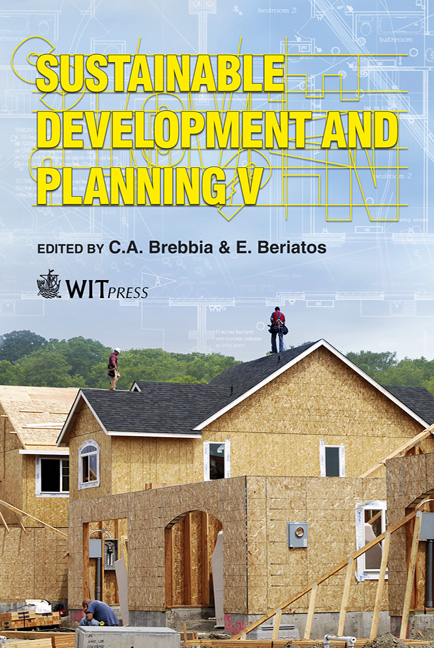Integrated Sustainable Anaerobic Treatment For Low Strength Wastewater
Price
Free (open access)
Transaction
Volume
150
Pages
12
Page Range
477 - 488
Published
2011
Size
3,690 kb
Paper DOI
10.2495/SDP110401
Copyright
WIT Press
Author(s)
S. I. Abou-Elela, M. E. Fawzy, M. El-Khateeb & W. Abdel-Halim
Abstract
The main objective of this study is to demonstrate and implement a cost effective system for low strength municipal wastewater treatment in rural areas. An integrated compact anaerobic treatment pilot plant unit was designed, constructed and operated for almost two years. The pilot plant consists of three successive compartments mainly; primary sedimentation (PS), packed bed up flow anaerobic sludge blanket (P-UASB) and inclined plate settler (IPS). The pilot plant was operated continuously at a hydraulic loading rate of 6m3/day, average organic loading rate of 2.5 kg COD/m3/day and average retention time of 4 hrs at the P-UASB and a total retention time 6 hrs for the integrated treatment unit. The performance of the treatment train was monitored via physico-chemical as well as bacteriological and parasitological analysis. The average removal rates of chemical oxygen demand (COD), biological oxygen demand (BOD5) and total suspended solids (TSS) were 78%, 79% and 91%, respectively with corresponding average residual values of 71 mgO2/l, 39 mgO2/l and 18 mg/l. Pathogenic analysis indicated that great majorities were removed but still some residuals exist. The treated wastewater, after disinfection, was complying with the Egyptian Code for wastewater reuse in restricted irrigation. The results indicated that the total life cost of the pilot plant, during the research period, proved to be a cost-effective process for treating low strength wastewater. Keywords: low strength wastewater, anaerobic treatment, packed upflow anaerobic sludge blanket, inclined plate settler.
Keywords
low strength wastewater, anaerobic treatment, packed upflow anaerobic sludge blanket, inclined plate settler.





